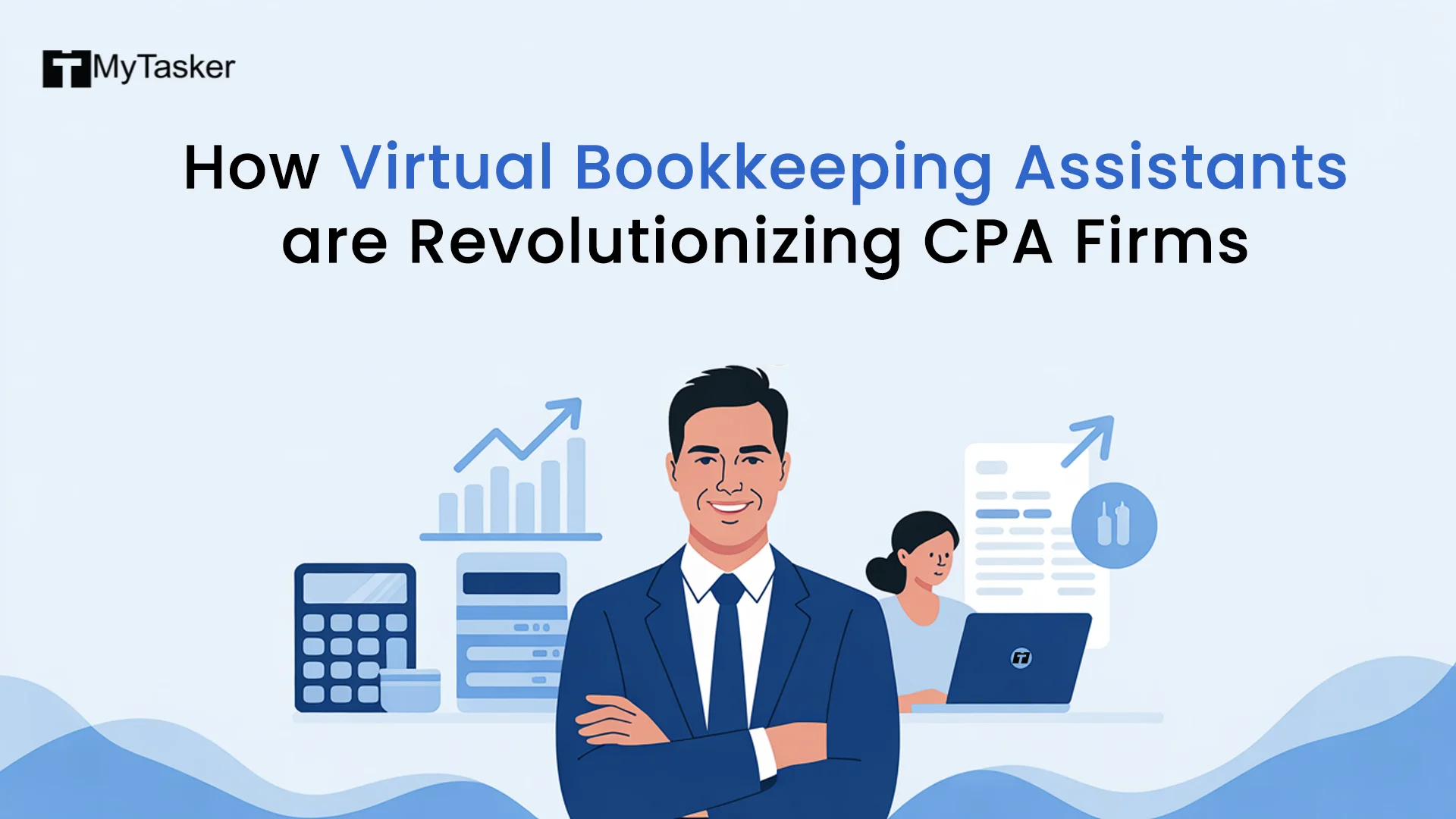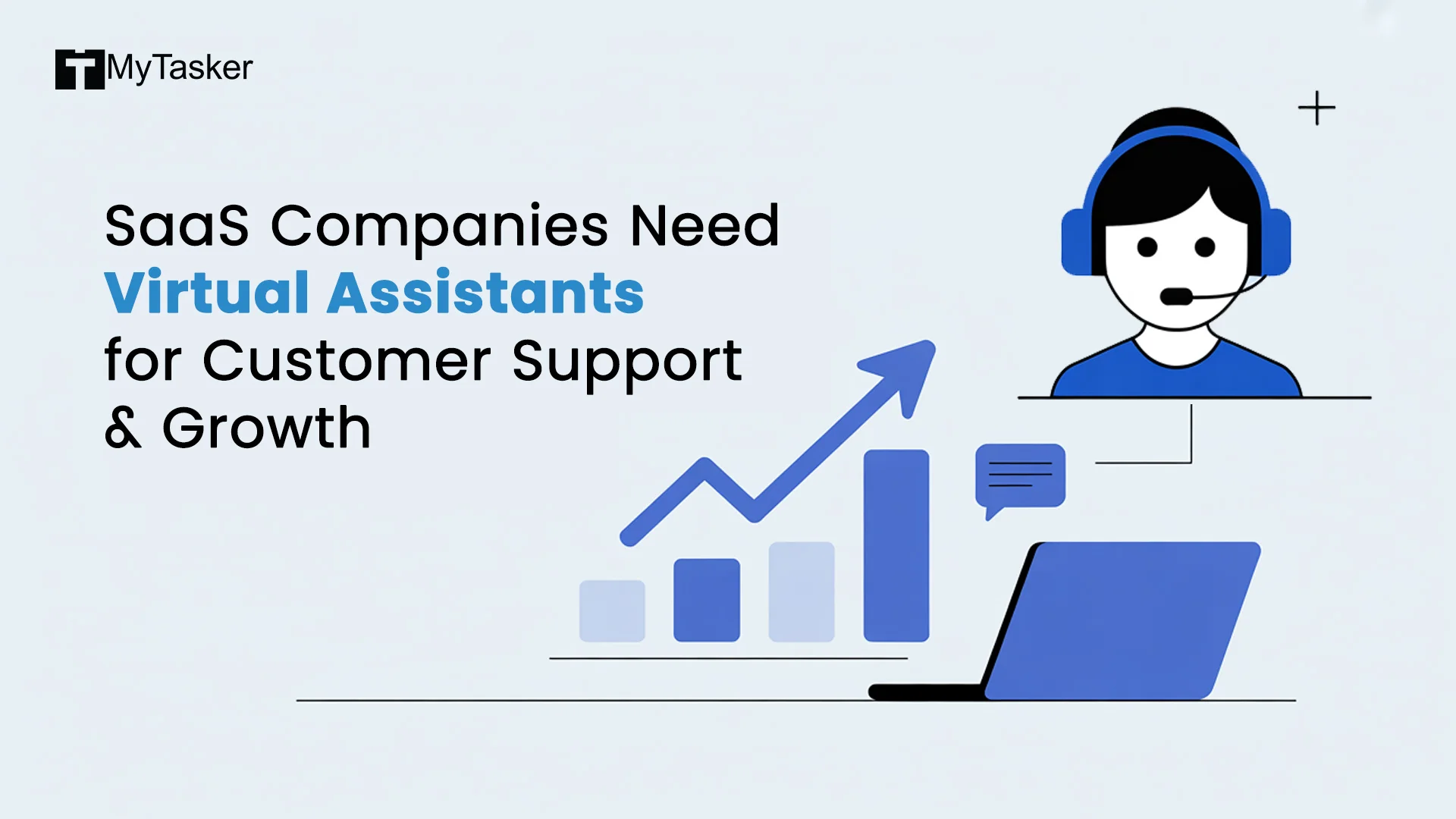Content strategy has become the cynosure of the constantly developing world of digital marketing and search engine optimization. Content topic clusters attract your attention among the budding strategies. Topic content clusters are a huge boost for search engines, leading to more user-involvement and higher conversion rates.
Powerful search engines have also directed their algorithm to advocate topic-based content. Websites are therefore, finding a fresh way to connect relevant content to ‘topic clusters’ structure.
Let's explore why embracing content topic clusters is highly essential for both digital marketer and small business persons.
What are Topic Clusters?
A topic cluster refers to a model for strategizing relevant content for your website around a central theme (pillar content) and connecting it with familiar subtopics (cluster content) through internal linking. This method focuses on creating a more coordinated and methodical site architecture, to make it easier for search engines to optimize different pieces of content.
A report given by HubSpot states that websites that incorporate content topic clusters can gain 50-100% increase in organic search traffic within a few months. This is a clear indication of the positive impact of adopting this content strategy to boost your website's presence.
Let’s comprehend the basic structure of content topic cluster:
Pillar Content: An extensive piece of content that significantly covers the principal topic.
Cluster Content: More definite pieces that probe into subtopics relevant to the pillar content.
Internal Links: Integrates between the pillar content and the cluster content that provide indication to search engines the connection between the pieces.
Steps To Create Blog Topic Clusters:
After getting a fair idea about the importance of content topic clusters, let's learn the steps on how to create them effectively.
Recognizing Fundamental Topics: Begin with spotting the core topics that are related to your business. These topics should correspond to the needs of your target audience.
Operating Keyword Analysis: The moment you have access to your core topics, regulate keyword research to point out subtopics that can act as cluster content. There are various tools such as SEMrush, Google Keyword Planner etc. that can assist you to explore keywords related to your chief topic.
Drafting Pillar Content: Create detailed content that covers your core topic in-depth. Pillar content’s length should be more than 2,000 words, and should be well-researched. This serves as the go-to resource for the topic.
Modifying Cluster Content: Splitting your core topic into subtopics and creating individual pieces of content for each can be highly effective. These should be concise and focus more on addressing definite aspects of the main topic.
Developing Internal Link: Connect your cluster content back to the pillar content inversely. This internal linking model ensures that search engines understand the link between your content as well as enhance user experience.
Observing and Upgrading: After bringing out your topic cluster, perform daily monitoring of its performance using powerful tools. Streamline the content as required to ensure it stays familiar and refined for SEO.
Do Keyword Clusters Matter?
Google, one of the renowned search engines, has comprehended the motif behind giving importance to context over keywords.in this regard, topic clusters help you to develop your content in a way that it coordinates with latest SEO practices. By focusing on a core topic and creating a cluster of relevant content around it, you're letting search engines know that your website is quite adept on that subject.
Besides, topic clusters elevate user experience by providing visitors with an accessible path to steer through. For instance, when a user lands on your pillar content, he/she can easily get access to more specific subtopics, thereby improving engagement and keeping the user active on your site for time out of mind.
The Benefits of Article Topic Clusters:
In the flourishing world of digital marketing, content topic clusters ,which is a more strategic approach, has remodeled content strategy and SEO. This organized approach offers numerous benefits, boosting social media presence of businesses. Let's explore the detailed benefits of content topic clusters for your business.
Now, let’s dive into the details of choosing a content topic cluster strategy that suits your business.
1. Enriched SEO Performance
One of the most remarkable benefits of content topic clusters is their rich influence on search engine optimization (SEO). On creating a content cluster, you necessarily create a network of related content revolving around a principal topic. This structure enables search engines like Google to comprehend the context and familiarity of your content, making it far easier for them to mark and rank your pages.
It is important to enlighten search engines, by associating your cluster content to your pillar page, that your pillar content is a significant resource on the topic. This enables you to achieve higher rankings for both your pillar content and the individual cluster articles, engaging more organic traffic to your site.
Additionally, the combination of pillar content and cluster content enables you to grab more search queries and captivate a diverse audience. While pillar content helps you aim for a wide-range and ample keywords, your cluster content can focus on more distinct, long-tail keywords.
2. Enhanced User Experience
An organized content topic cluster is always meant to enhance the user experience on your website. Visitors accessing your site often look for extensive information on a particular topic. A content cluster steers them through a transparent and logical path to discover relevant content without searching a lot.
For example, if a user reaches your pillar content about "Online Marketing Strategies," they can get access to related subtopics, such as "SEO Best Practices" or "Social Media Marketing Tips." This uninterrupted journey improves the user experience of your site- a positive signal for search engines.
This effort helps to establish your brand value. When users find value in your content, they make long-term investments and also develop long-term interests in your brand.
3. Refined Content Creation Method
It may consume a lot of time to draft content, especially when you’re continuously looking for new ideas. Content topic clusters streamline this process by providing a clear structure for content creation. The moment you have recognized your pillar content, you can easily develop new ideas and plan relevant cluster content around it.
This approach is time-saving and associates your content with your overall marketing strategy. Creating a library of interrelated content adds substantial value to your brand’s messaging and goals.
4. Expanded Content Stability
Content topic clusters also enhance the durability of your content. Emergence of new subtopics within your chief topic, can keep on adding cluster content to improve the style and relevancy of your pillar content.
For example, if your pillar content is about "Boosting SEO Performance," and a new social media platform gains popularity, you can draft a new cluster article that throws light on how to include this platform into your method. This is to make sure that your content is of great worth to both your users and search engines.
An Authentic Example:
Let's contemplate a practical example of an active topic cluster. For instance, you deal with a fitness blog. Your pillar content could be "A Complete Guide to Fitness and Wellness." The cluster content could include blog posts like "How To Gain Strength For Beginners," "Healthy Plans," "Effective Yoga Practices," and " Simple Cardio Workouts." Each of these posts would relate back to the core topic or pillar content, and vice-versa, creating a strong network of interconnected content.
A recent study highlights that content clusters are responsible for improving ranking for a wide-range of keywords, with content cluster pages ranking 25% higher on average than individual pages. This is the result of search engines recognizing the dominance of a website that organizes content in this manner.
Conclusion:
In today’s digital landscape, where the competition is fierce, content topic clusters are the sharpest weapons to boost your SEO performance, enhance user experience, and simplify your content creation procedure. Organizing your content into clusters enables you to gain a significant resource that not only focuses on driving more traffic but also ensures your audience are taking long-term interests in your brand.
To achieve long-term success, start clustering your content today by availing the expert services of MyTasker and see the difference you can make!
For more information, get in touch with us and avail our services.
You can also contact us at your convenience!















